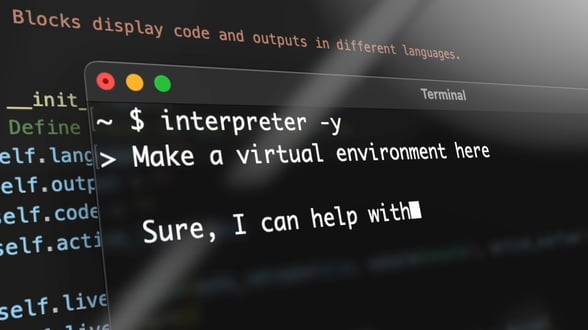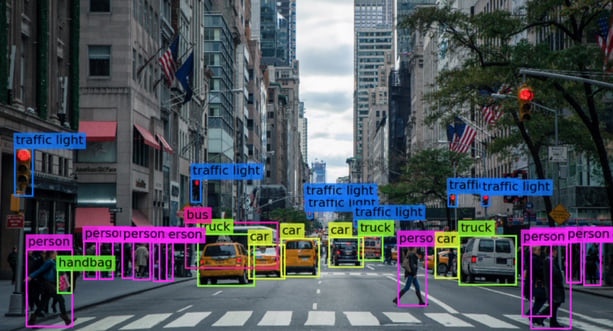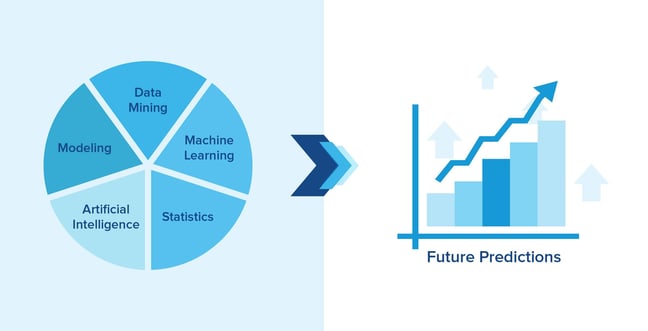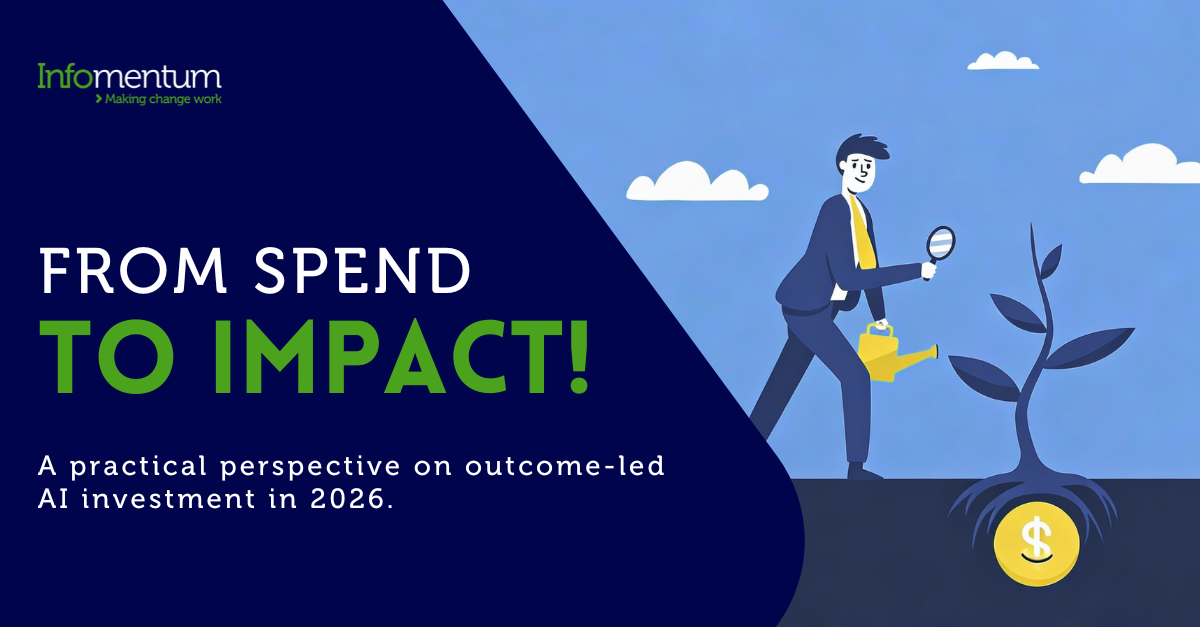 Plunging head-first into the world of Robotic Process Automation (RPA) would make anyone feel uneasy. With a scientific and mathematical background and experience with Python, I was overwhelmed by the unfamiliar terrain of new technology in the corporate tech world.
Plunging head-first into the world of Robotic Process Automation (RPA) would make anyone feel uneasy. With a scientific and mathematical background and experience with Python, I was overwhelmed by the unfamiliar terrain of new technology in the corporate tech world.
But, interested in the world of RPA and how it could potentially transform the way we work, I adjusted my mindset to being ok with feeling uncomfortable.
The initial hurdles
At the outset, RPA felt like looking at a map of a complex aerospace system – miles of information, various RPA platforms and countless systems working in concert to create automation. Not to mention that I was a fresh graduate, just starting my professional career. However, embracing the mindset of a beginner allowed me to approach the journey with an open mind and a willingness to learn with the support of my colleagues.
Furthermore, I was lucky to be assigned a mentor to guide me through my training. Looking back on my journey, this training was essential in helping me overcome the nervousness I felt about obstacles I faced.
The learning curve
 I already had a foundation of what RPA was conceptually but was ready for a deeper dive. To ease into the world of RPA, I began by taking MuleSoft’s Get Started with MuleSoft RPA Trailmix to familiarise myself with the core concepts of RPA. I also followed Infomentum’s Automation intern program, which laid out all the necessary steps to become competent with MuleSoft’s software and to learn to build my own automation.
I already had a foundation of what RPA was conceptually but was ready for a deeper dive. To ease into the world of RPA, I began by taking MuleSoft’s Get Started with MuleSoft RPA Trailmix to familiarise myself with the core concepts of RPA. I also followed Infomentum’s Automation intern program, which laid out all the necessary steps to become competent with MuleSoft’s software and to learn to build my own automation.
The Trailmix was an exceptionally valuable resource for learning the best practices and fundamentals of MuleSoft’s software. They not only give you information through text and video but also help you reinforce your knowledge with quizzes at the end of each section. Instead of just reading, you get to build knowledge more engagingly.
Implementation and results
I quickly began creating my own automation and implementing RPA in real-life scenarios. The initial phase was (of course!) filled with trial and error, which was undoubtedly challenging. However, it was during this hands-on experience of building my own automation without guidance that I got a chance to thoroughly explore all the automation components. This deep dive allowed me to build a better understanding of the niches of MuleSoft Builder.
While Trailmix courses were an invaluable asset for me to kickstart my journey into RPA, I found the freedom to follow my own curiosity and creativity solidified and reinforced the knowledge I gained and boosted my confidence in unparalleled ways.
Unlocking the power of AI in RPA
As with anything, getting into RPA technology has led me to consider the what ifs; for example, what if advanced AI technologies could be implemented into RPA? And what might RPA end up looking like in the future with such complementary AI technology?
There’s no doubt that AI will find (if it hasn’t already!) its way into our everyday lives and, inevitably, our working lives too.
As RPA continues to evolve, and while natural language processing models have already snuck their way into some RPA software, I believe there is still untapped potential for the world of RPA with complementary AI technology.
Here are some of the ways in which AI could be incorporated into RPA in the future:
- Local Large Language Model (LLM) interpreters: Software which can run LLMs directly on a user’s machine is already in production with projects such as OpenAI’s Code Interpreter, and Killian Lucas' Open Interpreter. As of now, this technology only interacts with the user’s system by executing code it has written locally, which is useful as you can indirectly interact with your operating system via scripts. In the future, similar technology may be incorporated into widely used operating systems directly, allowing for a direct interaction between an LLM and the user’s filesystem.

- Computer vision: Modern computer vision applications are shifting away from statistical methods for analysing images and increasingly relying on AI. The world’s largest tech giants are working in this space, notably Microsoft's Azure, Google Cloud's Vision AI, Amazon’s Rekognition and many more. Integrating computer vision capabilities would empower RPA bots to analyse and interpret visual information, allowing them to interact with digitally inaccessible systems to a higher level than currently possible or perform tasks involving visual identification - and while MuleSoft’s RPA already allows for image recognition and OCR, this sophisticated technology could allow for more functionality and much greater fidelity in completing such tasks.

- Predictive analytics: Many companies already use predictive analytics as a part of their strategic toolkit, so why not take into account its potential value within RPA? By integrating AI-driven predictive analytics into RPA, RPA bots could begin anticipating trends, patterns and potential issues, enabling proactive decision-making and pre-emptive actions. This could open the gate to unprecedented efficiency and intelligence in automated workflows by analysing historical data to predict future trends, identifying potential process bottlenecks before they occur (for instance, as peak call hours for a customer service department), and optimising workflows in real-time.

Of course, many more AI technologies don’t exist yet, which could prove to be invaluable if integrated into RPA processes. They could become features of RPA development tools such as MuleSoft’s RPA Builder to enhance the benefits that RPA provides, increasing efficiency and speed of business processes, reducing labour costs, scalability, etc.
Conclusion
Overall, delving into the world of RPA has been a fun and illuminating journey. I’ve not only broadened my knowledge on a very valuable and important field of IT but also allowed my mind to venture beyond and prospect future technologies that could be game-changing for any business using RPA.
It's exciting to consider how these technologies will pave the way for a future where a symbiotic relationship between creative humans and precise robots helps businesses thrive.




.png)
.png)

